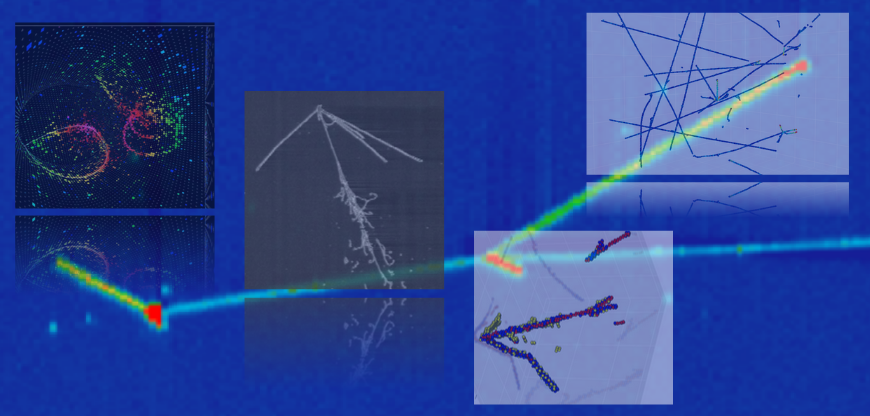Speaker
Description
Following the completion of its neutrino mass measurement program at the end of 2025, the KATRIN experiment aims to probe keV-scale sterile neutrinos by analyzing the full tritium beta decay spectrum with a novel detector system, TRISTAN. Leveraging KATRIN’s high source activity, this search is sensitive to mixing amplitudes at the parts-per-million level. However, extracting a potential sterile neutrino signature is challenging, as it relies on detailed modeling of the the observed tritium spectrum and requires computationally intensive Monte Carlo simulations. To address this challenge, we explore a neural network-based approach to identify sterile neutrino signatures directly from the spectral data. In this talk, we will present the expected sensitivity of this method and evaluate its robustness against key modeling uncertainties. In addition, we demonstrate how flow-matching techniques can be leveraged to overcome limitations of traditional Monte Carlo simulations, enabling more efficient modeling of the experimental spectra.

